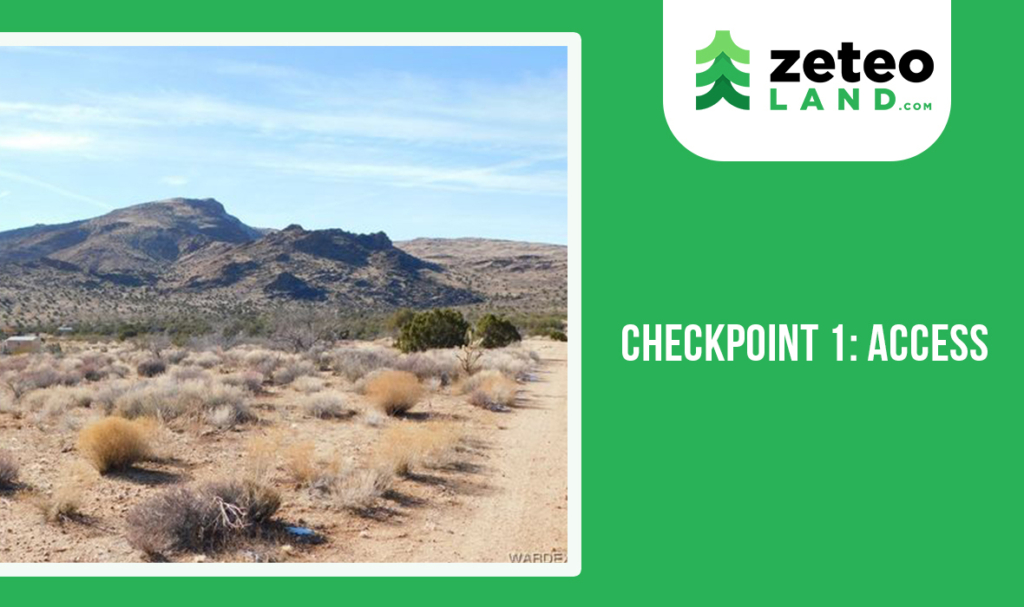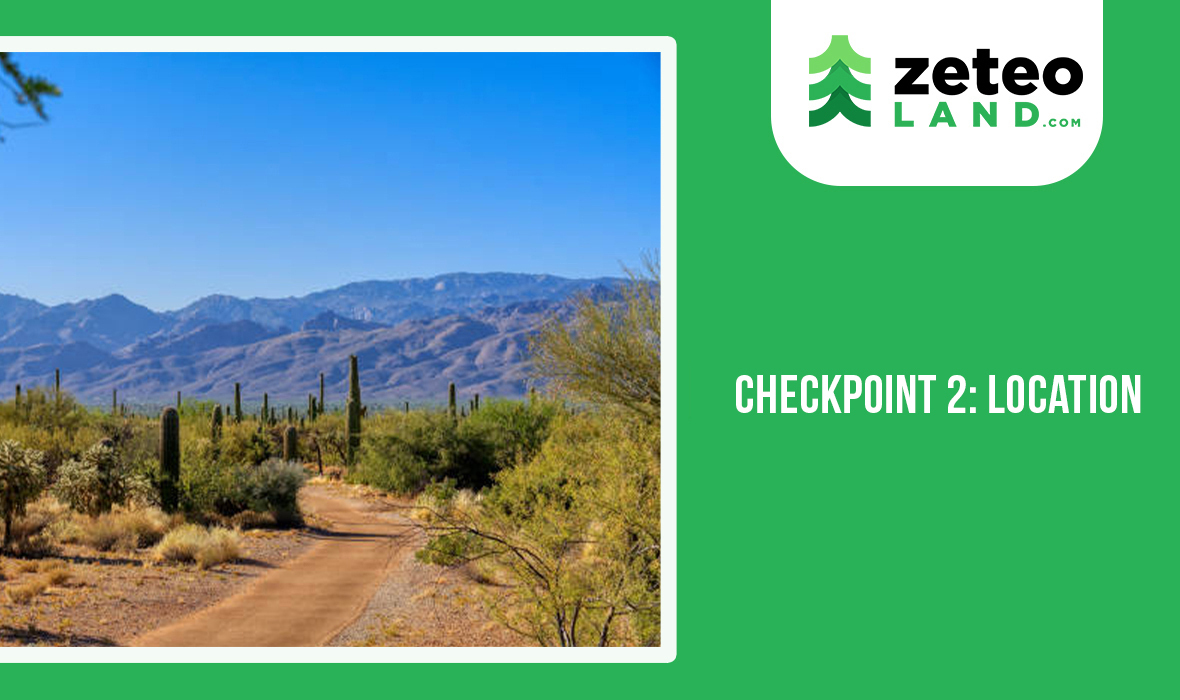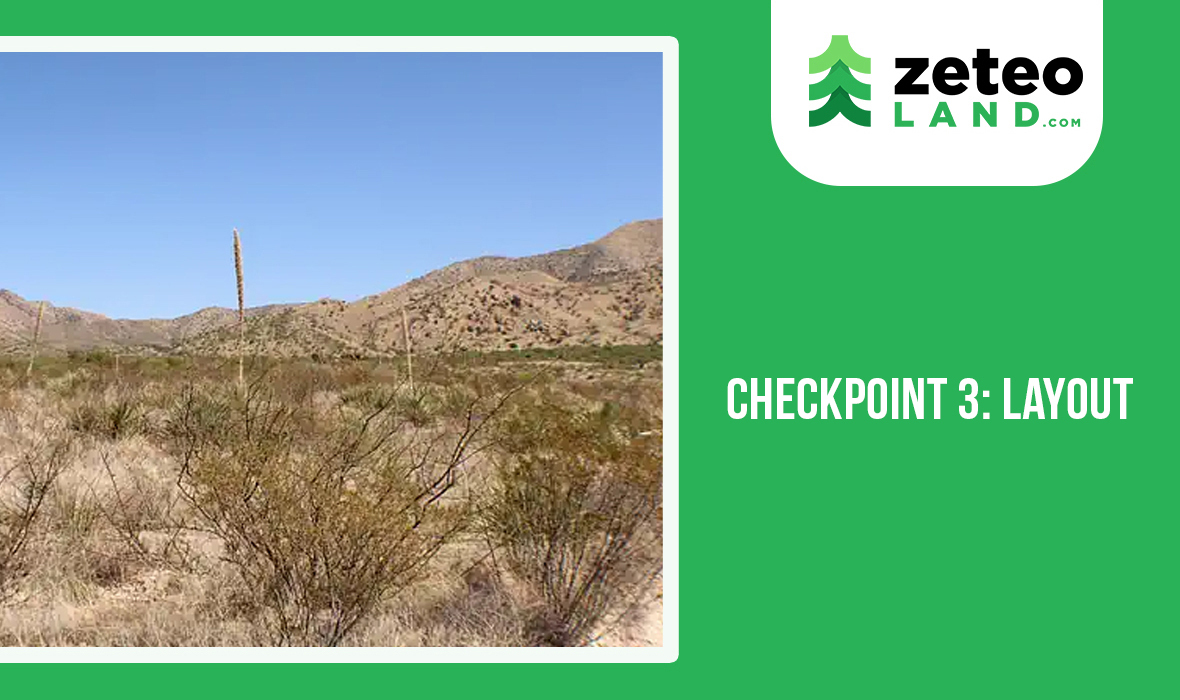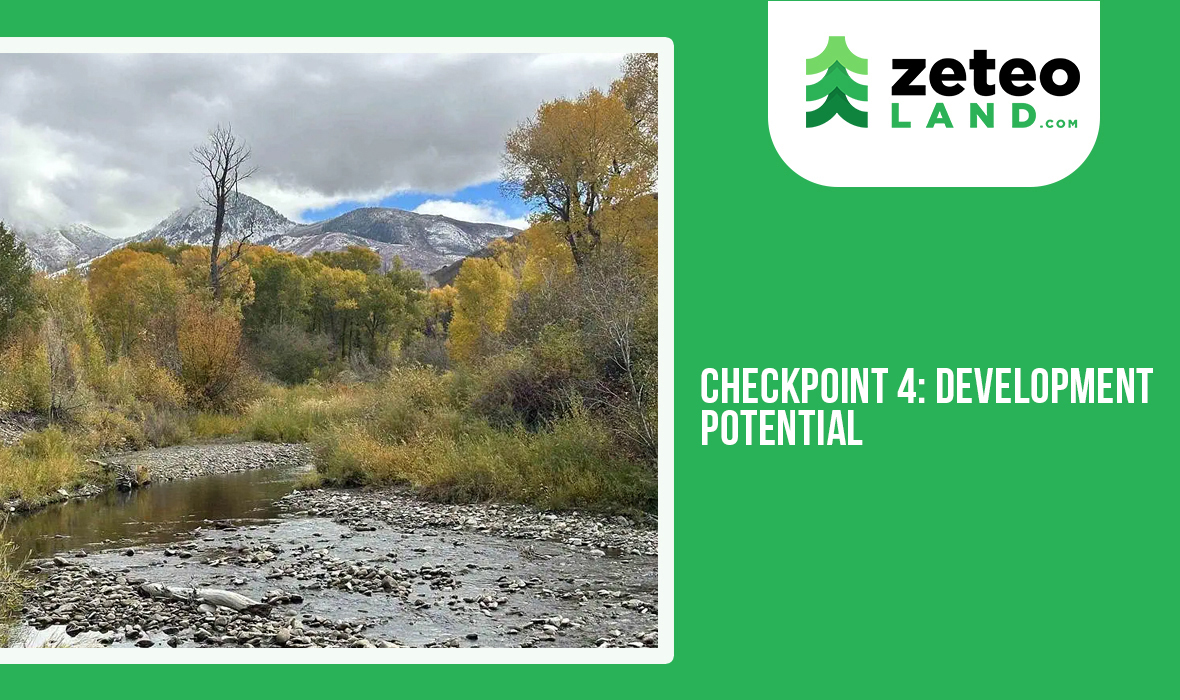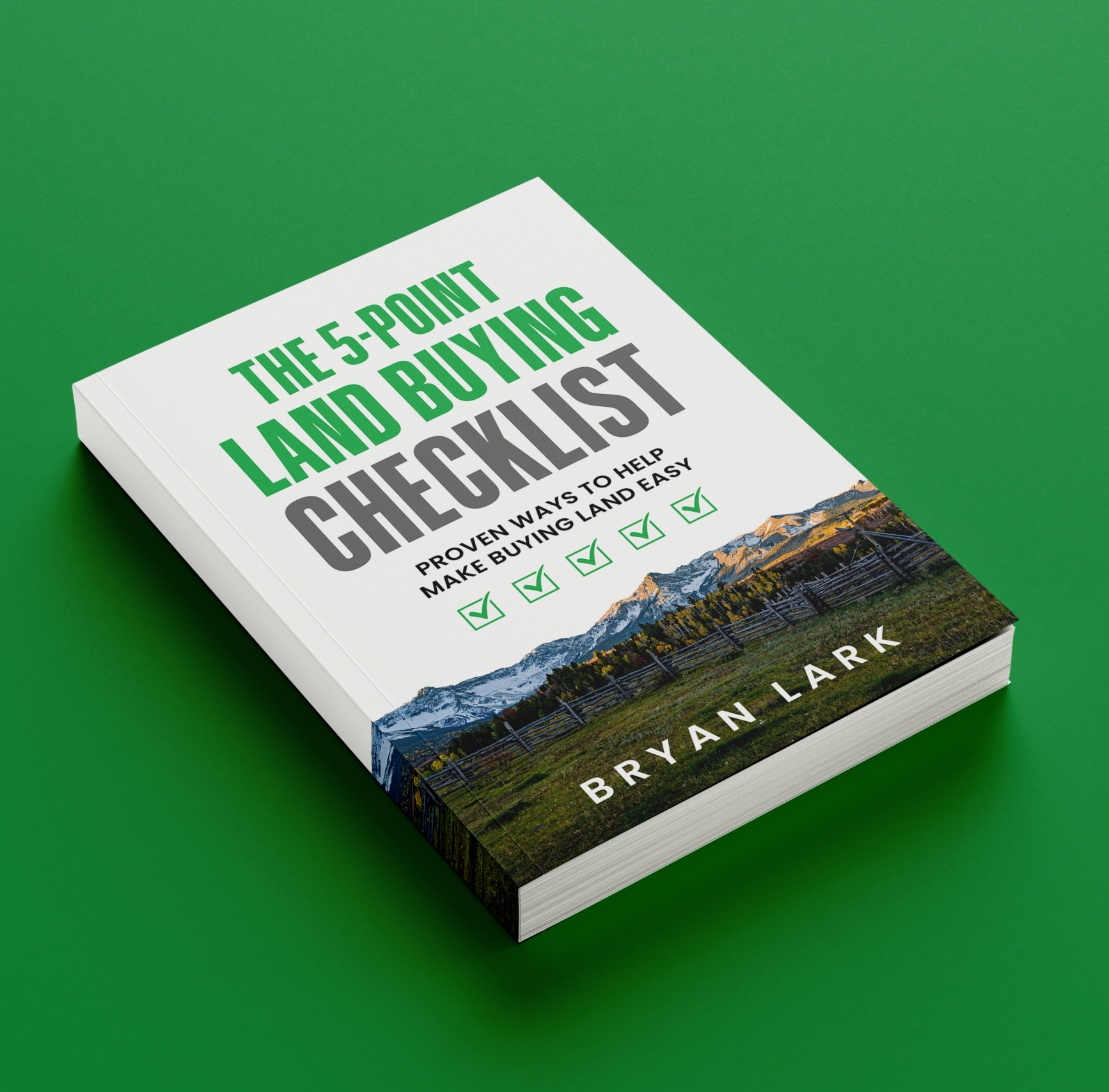When it comes to buying land, the importance of the first point on our checklist cannot be overstated. Imagine owning a piece of paradise, yet finding yourself unable to reach it without the aid of a helicopter. That’s right, without proper access, your dream property might as well be a mirage. Welcome to the first crucial step in the land buying journey – Access.
Legal Access: The Foundation of Land Ownership
The bedrock of land access lies in its legality. It’s not just about setting foot on your property; it’s about doing it without ruffling any legal feathers. The term “landlocked” comes to the forefront here. Picture a scenario where, to access your property, you must traverse someone else’s land. Without a recorded easement through your neighbor’s plot, you risk the unwelcome title of trespasser, an epithet that may be enforced with more than just stern words.
Enter easements, the lifeline for those seemingly landlocked parcels. An easement is essentially permission granted by a landowner to use a part of their property for accessing yours. Before buying land for sale in Arizona or land for sale in Colorado, it may be a good idea to search the county records or communicate with an experienced surveyor to confirm the existence of such easements. Equally crucial is ensuring your neighbors are well aware of these agreements. The width of the easement and its authorized users are essential details to understand.
A subset of easements is the ‘right of way,’ akin to a backstage pass for land access. Sometimes owned by the government, it allows the usage of pathways or roads on private property without transferring ownership. Recognizing these legal nuances ensures your access is not just a privilege but a protected right.
When dealing with right-of-way easements, understanding the scope of access is crucial. Some may be limited to foot traffic, while others may allow vehicular access. Clarifying these details is vital to avoid potential conflicts and legal disputes down the line.
In Arizona and Colorado, where water rights are often a significant consideration, it’s essential to investigate whether any water-related easements exist on the property. Water easements may grant access for irrigation or other water-related activities and can significantly impact land use.
A comprehensive understanding of the various types, categories, and specific details of easements, coupled with awareness of potential water-related considerations and historical prescriptive easements, ensures a solid foundation for land access without running afoul of legal complexities.
Practical Access: Navigating the Road Less Traveled
Beyond legal clearance, the practicality of reaching your property is also a crucial consideration. Imagine the disappointment of legally owning land but being unable to drive to it due to impassable roads. Conduct a thorough assessment of the road conditions leading to your property, especially in rural areas where maintenance may be irregular.
Verify if the roads are accessible year-round, accounting for weather conditions that might impact travel. Collaborate with local authorities or neighbors to gain insights into road maintenance and potential challenges, ensuring that your legal right to access is not hindered by the practicalities of the journey.
Here, the condition of the road takes center stage. Is there a road leading to your property at all? If so, what’s its current state? Can you confidently drive your sedan, or do you need a rugged 4WD vehicle, or perhaps even a tank? These are not whimsical considerations but pragmatic questions that can significantly impact your land experience.
While many land buyers seek autonomy from Homeowners Association (HOA) or Property Owners Association (POA) fees, the practical access factor unveils a potential silver lining. HOAs or POAs often play a crucial role in maintaining roads leading to secluded properties. Many times, people buy an amazing property but find out later that the dirt road access turns into a muddy obstacle course after the snow melts in the spring making it nearly impassible.
Reflecting on this scenario, one might appreciate the role of an HOA or POA. These entities can pool resources, ensuring that annual dues contribute to road maintenance. A road maintenance agreement tied to ownership can be a godsend, sparing you the headaches of navigating deteriorating paths that may damage both your vehicle and your enthusiasm for your land. But again, these POAs or HOAs are not necessary and sometimes even a hindrance. The moral of the story? Know what you’re buying before you buy. Don’t know? Ask the seller, real estate agent, surveyor, title company, and/or county road department the questions that are important.
Balancing Act: Legal and Practical Synergy
As you begin your land-buying journey, it becomes evident that legal and practical access are intertwined, each dependent on the other for a harmonious land ownership experience. While legal access secures your right to traverse the land, practical access ensures you can do so without unnecessary impediments.
Consider the synergy when contemplating that beautiful piece of land for sale in Arizona or land for sale in Colorado. The legal intricacies of access, from easements to right of ways, become paramount in ensuring a seamless transition from potential buyer to delighted landowner. Simultaneously, the practical aspects of road conditions, often overlooked in the allure of raw, untouched landscapes, are the very threads stitching your dream of land ownership into a tangible reality.
Moreover, envision the scenario where legal and practical access align seamlessly. A property with well-documented easements and a well-maintained road network not only safeguards your legal rights but also enhances the overall enjoyment and utility of the land. It transforms the acquisition from a mere purchase into an investment in a lifestyle, offering unhindered exploration of your property and the surrounding natural beauty. This dual focus on legal and practical access ensures a comprehensive approach to land buying, laying the foundation for a gratifying and trouble-free land ownership experience.
Conclusion: Opening the Gates to Land Ownership
In conclusion, access is not merely a gateway but the very foundation upon which your land-owning aspirations stand. In my book, The 5-Point Land Buying Checklist, I place access at the forefront, acknowledging its pivotal role in the overall buying experience. Why? Because if you don’t have access, you don’t really have much of a property. As you navigate the intricate dance between legal permissions and the physical road less traveled, remember that the true essence of land ownership lies in your ability to access and enjoy the land you proudly call your own.
Unlock the gates to your dream property, ensuring both legal clearance and practical feasibility. In our next exploration, we will explore the second checkpoint – Location. Stay tuned for insights that will guide you through the labyrinth of choosing the perfect spot for your land investment.

